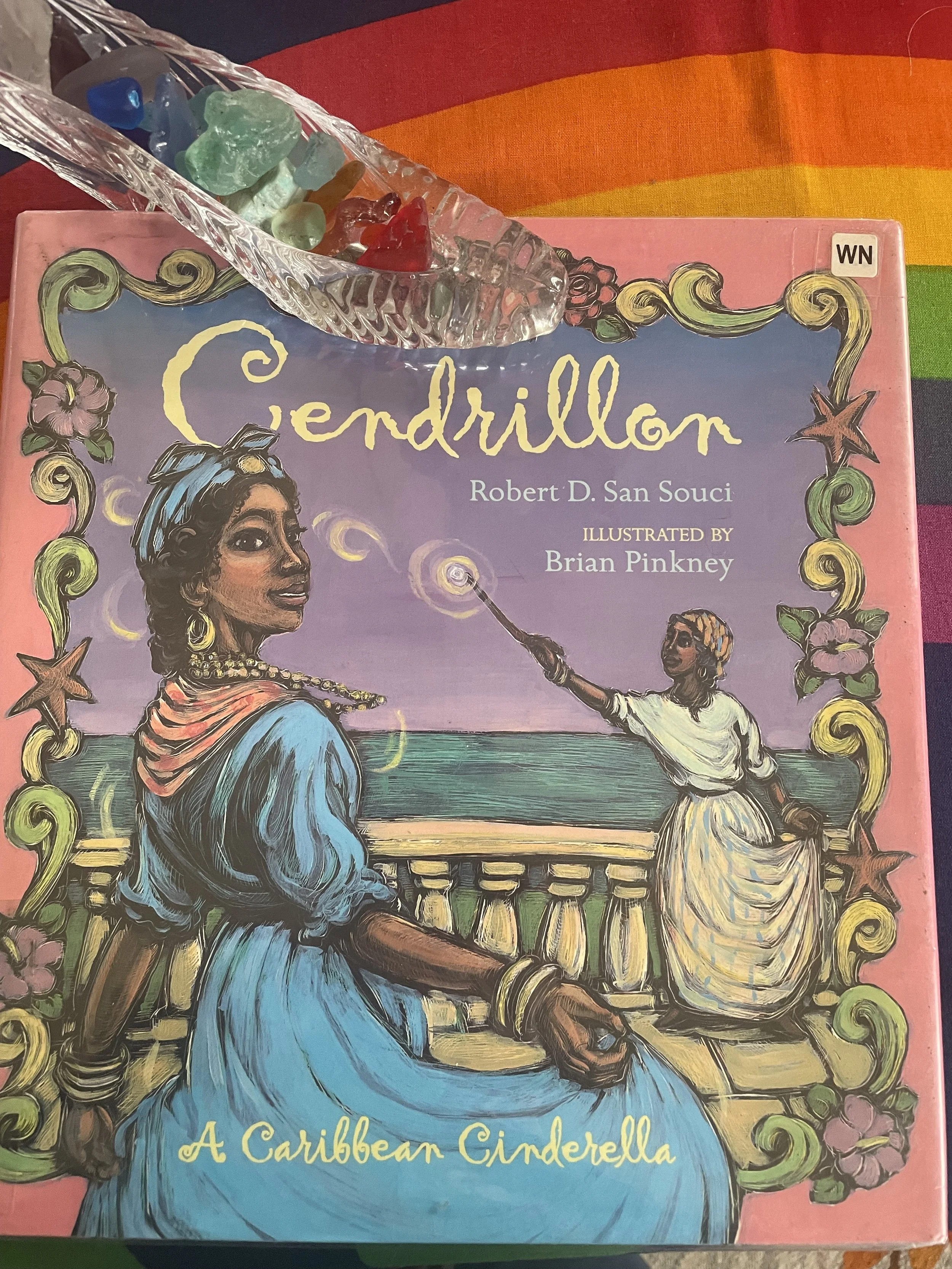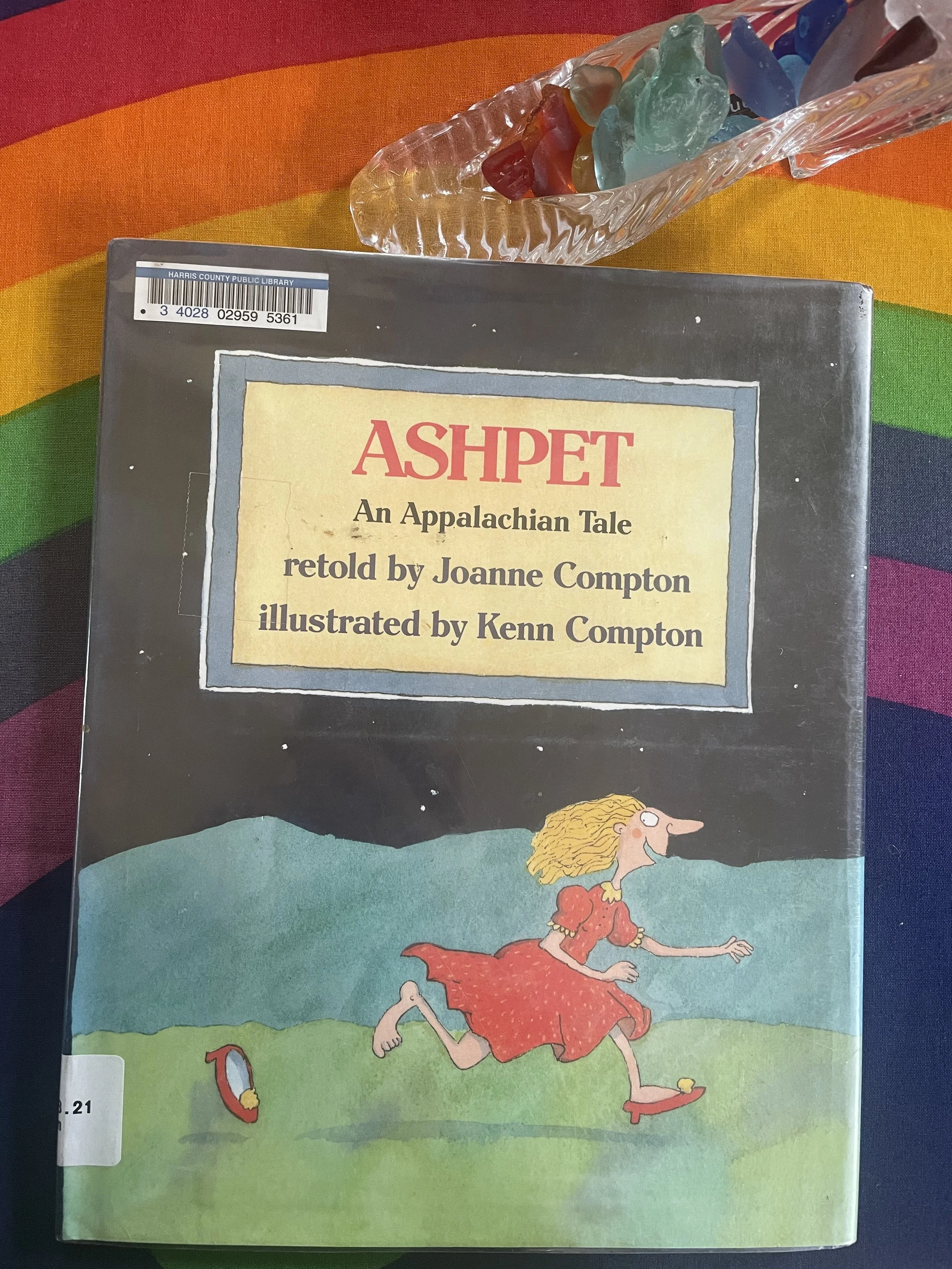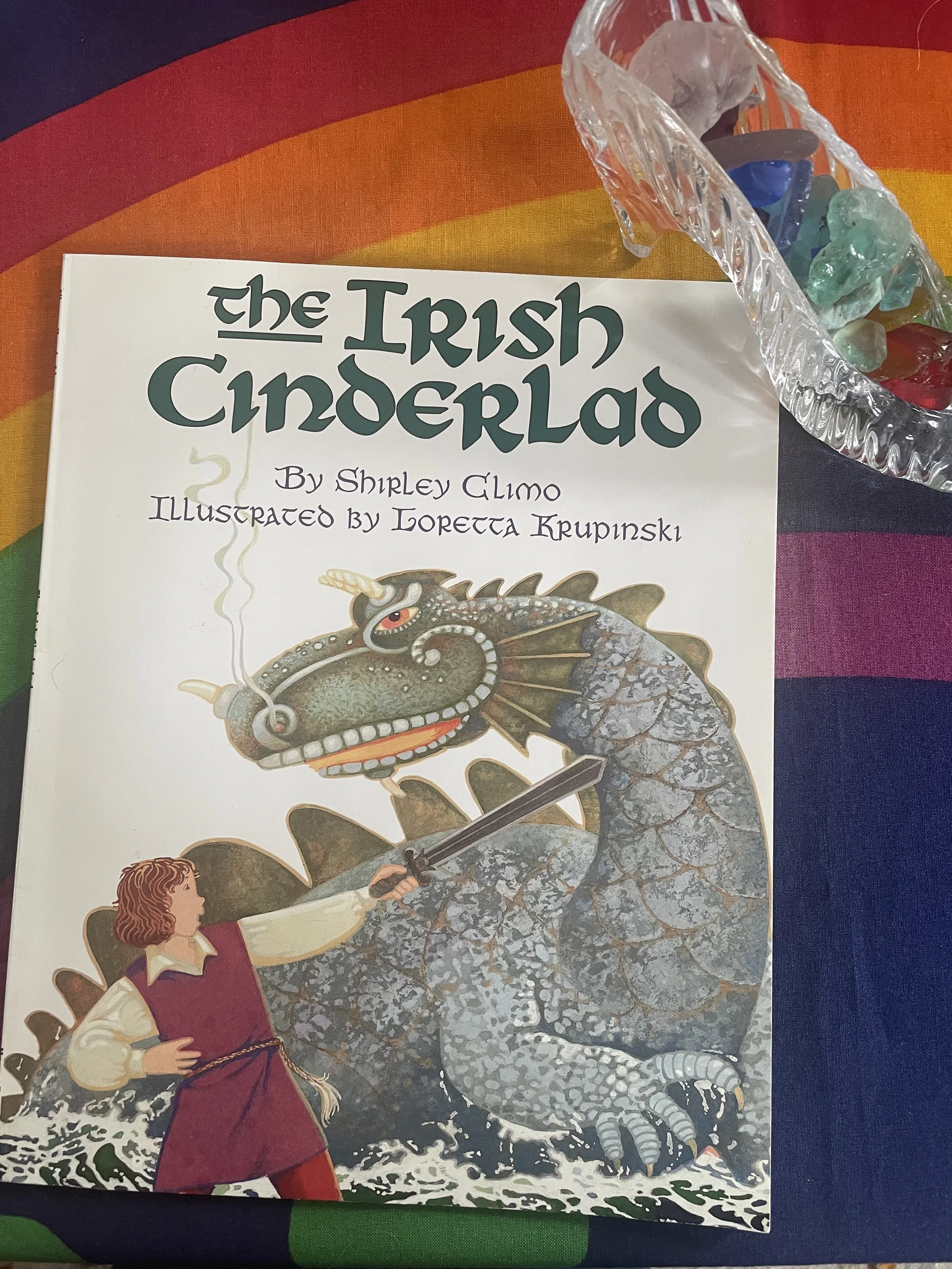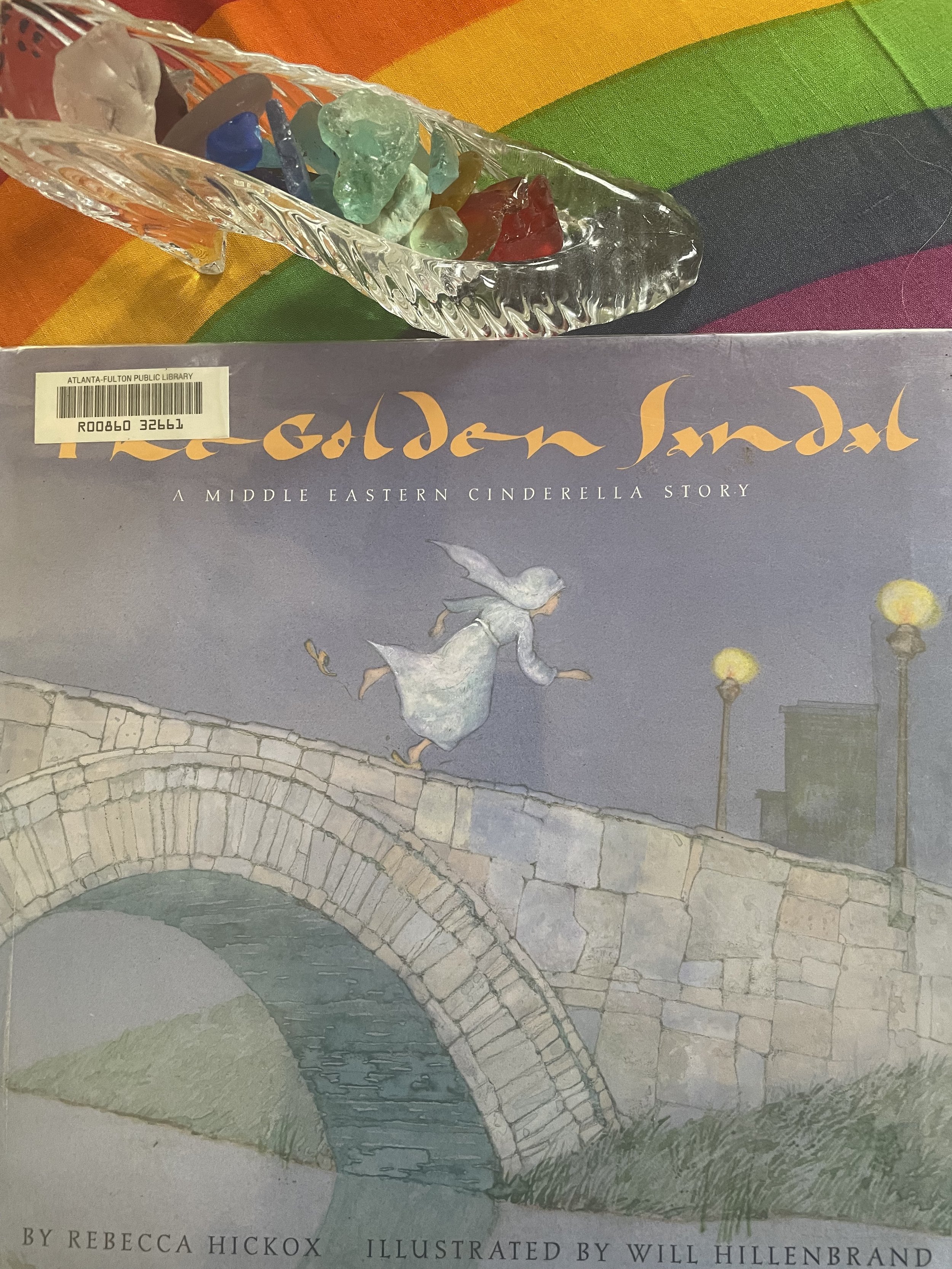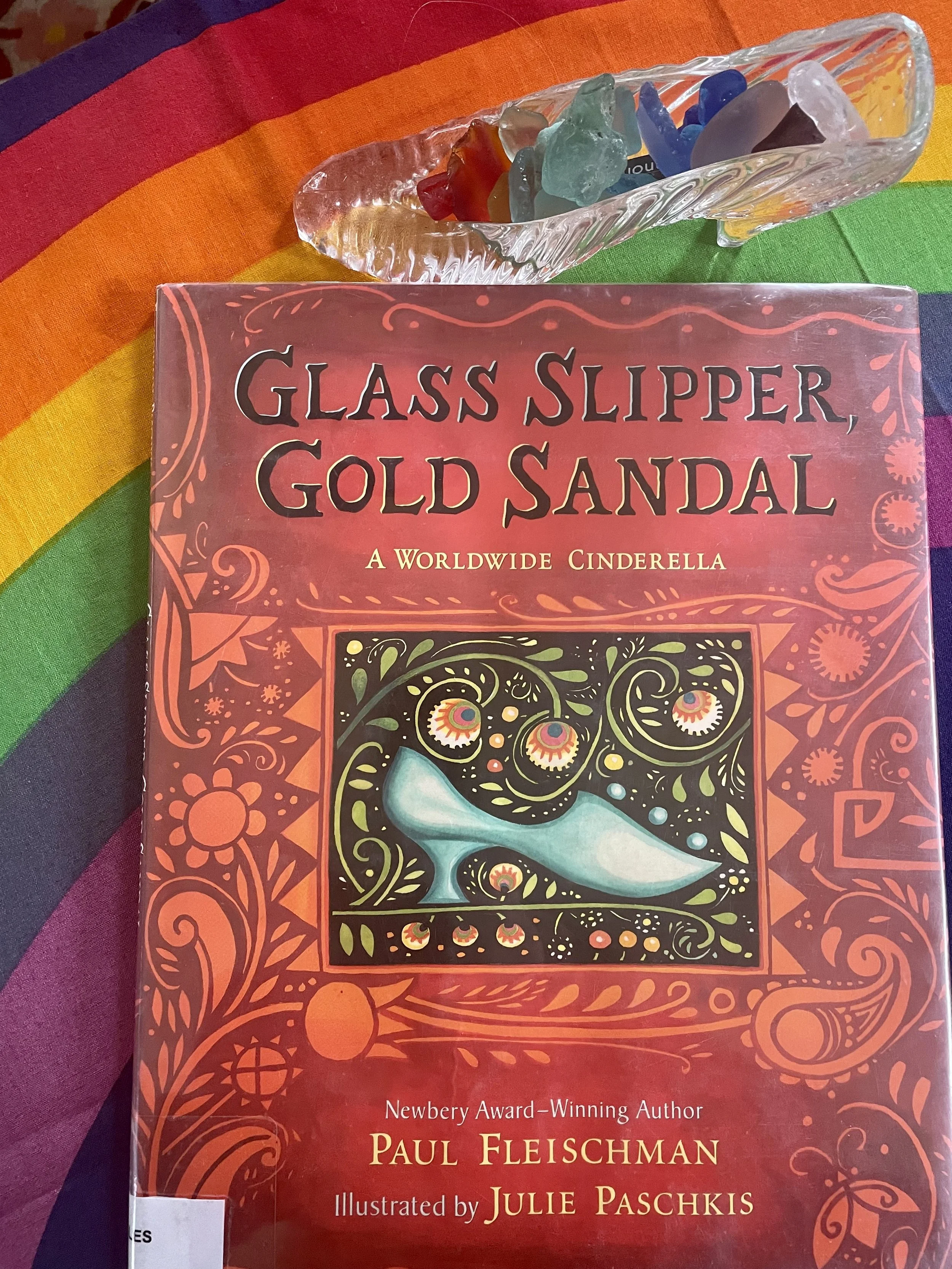Cinderella: Proving The Resilience of Glass Slippers for Millenia
I’ll admit it: Cinderella was never my favorite princess as a child. But that was because, I think, the Disney version of her was so…wimpy?
I mean, sure: I felt bad for her. She had lost her mother, and then her father just drifted into the background, leaving her to the evil whims of her nasty stepmother and selfish stepsisters.
But she seemed so passive! If it wasn’t for her fairy godmother popping in, she would still be scrubbing the floor!
However, once I started to research fairy tales, I discovered that there were more than 1000 variants of Cinderella, from almost every culture in the world! Most of them feature heroines (or heroes) who have way more agency than sweet Cindy of Disney!
Millenia before Disney put glass slipper to screen, storytellers were weaving tales of wonder about the hard-working and put- upon young woman who ended up enchanting a prince with her kindness and beauty.
Here's a fast-paced (and humorous!) overview of 39 versions of this ancient and beloved tale from two intrepid young fairy tale lovers and their beleaguered homeschooling mom!
Why is this familiar story so universally relevant that people from China to Armenia, from Brazil to Iraq, from West Africa to the Algonquin Nation all shared versions of the basic plot, for hundreds, if not thousands of years?
I think it’s because Cinderella is resilient.
No matter where or when humans have lived, being able to bounce back after facing our inevitable challenges is a vital trait.
The many sisters (and brothers) of Cinderella offer us models for the kinds of experiences we need to develop resilience (often called “protective factors”).
So what are these protective factors and how does this tale of magic show them? With so many known variants, the responses would fill volumes!
Here are a few examples of how Cinderella demonstrates this ordinary magic of resilience in variants that may not be as familiar to you.
You can find them in your local public library, or from used booksellers such as Better World Books, or from your favorite book store.
(Click on the protective factors — Relationships, Initiative, Executive Functions, Self-Regulation, and Cultural Affirmation — below for an in-depth look at each!)
Relationships
No surprise that the most important factor that contributes to a child’s resilience is caring relationships with caregivers, other competent adults, and peers.
Cinderellas around the world showcase all of these. They are as complex and varied as real relationships, so children can see how others navigate challenges with difficult parents and cranky siblings, as well as wise and kind characters who show up to help in the nick of time
The relationship twist in this variant is that Cendrillion is helped by her real-life godmother, who lost her own mother at a young age. As the godmother’s mother dies, she hands her daughter a magic wand of mahogany to use to help those she loves.
After Cendrillion’s father remarries, Cendrillion and her godmother, a laundress, meet often while doing their respective chores in the village and continue to share a strong bond.
So when Cendrillion is disappointed because she is not allowed to go to the festivities like her stepmother and step-sisters, her godmother steps in and uses the wand to create an enchanted evening for her dear one.
The story is a little long for young preschoolers in a group setting, but the relationship between Cendrillion and her godmother, who narrates the tale, is rich with emotions and actions that children will identify with. Consider reading the tale over two sessions if it will work better for you.
🧚🏾Both French and Creole words🧚🏼♂️ are sprinkled throughout. If you are worried mispronouncing them, or children not understanding, it’s fine to skip them or substitute other words. Remember: children want to hear the story, from YOU, and won’t be bothered by minor changes.
Initiative: Problem-solving
Ashpet is a spunky heroine who is not afraid to use her wits to help her cause!
After she and the handsome doctor’s son share a picnic basket provided by the mysterious and magical Granny (Ashpet and her “prince” meet at the annual church meeting, instead of a ball!), Ashpet remembers Granny’s warning: “Be home before midnight!”
When the enamored lad insists on escorting her home, Ashpet thinks fast and kicks her shoe into a bush. “But first, how ‘bout findin’ my shoe? I believe I lost it somewhere on the road.” She then hightails it home alone.
I love that it’s this Cinderella’s quick wit, as well as her self-regulation, that brings about the happy matching of the infamous lost shoe with its rightful owner! (And yes, she and the doctor’s son live happily ever after!)
Executive Function: Inhibitory Control
Cinderlad is a plucky boy with giant feet…and boots to go with them! He has to fight off a giant and a dragon to get to his happy-ever-after. A huge bull he befriends plays the role of his fairy godmother.
‼️ Spoiler alert: the bull does die early in the tale. Like other deaths in Cinderella variants and fairy tales in general, children will not attach the same depth of emotion to the events as we adults do. This is related to their cognitive development…think Piaget’s concepts of object permanence and conservation, if you’re familiar with the theory. More on that another time.
Like many of his fairy tale counterparts, Cinderlad exhibits what neuroscientists call “inhibitory control.” Closely related to self-regulation, this executive function is “involved in the inhibition of a dominant response, including the inhibition of thoughts and behaviors that are not relevant to the task at hand. Such control processes are vital to a child’s social, emotional, and cognitive development.”(click on the quote for an article to nerd out on).
Say what??? OK, so in Cinderlad’s case, he demonstrates inhibitory control a number of times.
For instance, a farmer offers him a job herding cows, but warns him of the terrible giant and what happened to the last herdboy, “a lad far bigger and stronger than you.” Cinderlad’s dominant response was to think about how he should beat feet and find a different, safer job. Instead, he controls (inhibits) that, and calmly states: “I’ll have the job anyway, if it pleases you.” He quells the dominant response because it will interfere with the task at hand: finding a way to feed himself.
Slowly developing over the first 26 years or so of life, a child’s inhibitory control helps them, for example, to stop from hitting a classmate who’s snatched a toy away… instead of helping them to stay put and fight a dragon to save the princess, like Cinderlad does. But, it’s the same neurological process! 🧠
Children need heroes who model inhibitory control, as well as lots of opportunities to practice this and other executive function skills!
Self-Regulation
Cinderella is a poster child for self-regulation! Not only does she stay calm and carry on when asked to do all the household chores, but in the most familiar versions, she famously leaves the ball at the stroke of midnight, in spite of having the most fun ever dancing with the prince!
Set in Iraq, The Golden Sandal features the same basic plot but with some interesting twists. First, it is not a ball that the heroine Maha and her stepmother and stepsister attend, but the bridal henna ceremony of the village’s master merchant. Only women are present.
The magical fish who provided her with fine clothes warns Maha to leave before her stepmother. However, she is having such a great time that it is only when her stepmother and stepsister get up to leave that our self-regulating girl leaps to her feet and runs out the back door, losing a golden sandal as she dashes across a nearby bridge.
The bride’s brother Tariq finds the sandal and decides that the owner of the sandal is the woman he wants to marry, sight unseen! (The magic fish may have a fin in this, btw!)
Tariq’s mother seeks the owner of the (tiny) sandal far and wide. When the rooster tells her to look in the brick oven, the woman discovers Maha whose feet that slide effortlessly into the sandal. The mother also sees “the beauty and kindness in the girl’s eyes” and then “knew she’d found a worthy bride for her son.”
There’s a twist at the end where the mean stepsister gets her comeuppance but I’ll leave that for you to discover!
Cultural Affirmation
One of the things I love most about universal tales like Cinderella is that they highlight both the commonality, and the unique cultural richness of the people who tell them.
Clothing, customs, flora and fauna all vary of course (you won’t find a pumpkin coach in the Egyptian variant!)
But read closely and the deeper values and beliefs of each culture sparkle through the narratives, as well.
What a powerful way to help children appreciate both what they have in common with their friends, and to appreciate their differences!
And sharing variants from the home cultures of the children in your class can magically make each child feel included and honored.
Glass Slipper, Gold Sandal is a fun version to share after you’ve explored a number of variants! It seamlessly weaves together Cinderella stories from Appalachia to Zimbabwe into one tale, with text and graphics that are succinct and colorful.
Young detectives can try to match images with tales you’ve already shared after they’ve enjoyed the story from beginning to end. That’s the magic of discovery!


